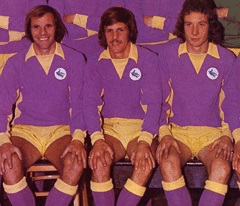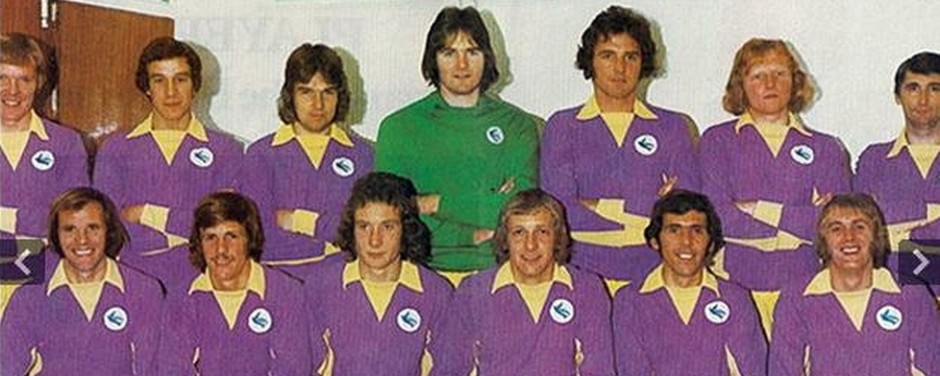
Yesterday saw the publication of the findings of the Air Accidents Investigation Branch (AAIB) report into the events of January 2019 which ended with Emiliano Sala, Cardiff City’s new signing from Nantes, and David Ibbotson, the pilot of the plane he was flying in, losing their lives when it crashed into the English Channel off the coast of Guernsey.
This comprehensive piece from the BBC does a good job of outlining the findings of a report which, in many ways, only adds official backing to what many suspected had happened, so I’m going to limit myself to some general observations on this desperately sad affair.
I’ll start by noting these words;-
“I think what’s most sad is that there were probably about seven opportunities throughout the sequence where this flight could have stopped, and in a commercial environment it would have stopped, but in this case it just carried on through those levels until the ultimate moment of impact.
“Everything that could go wrong sadly did go wrong.”
by Dave Edwards, the chief executive of the Air Charter Association, which really emphasise that this was an entirely avoidable tragedy – something which only adds to the sense of despair and futility that hangs over it.
What the report does is confirm that leaking carbon monoxide played a significant part in the crash and, although it’s a bit like clutching at the slenderest of straws in a way, at least it looks like Emiliano would have been unconscious when the plane hit the water at a speed estimated to be 270 mph.
The analysis at the bottom of the BBC piece raises a subject which had occurred to me regarding the carbon monoxide in the cabin. My understanding is that carbon monoxide is an odourless and tasteless gas, hence the need for the domestic sensors I have dotted around my house, so, if Emiliano was unconscious, why was wasn’t Mr Ibbotson and how is it that his body was not found among the wreckage or not far from it?
As Kayley Thomas states;-
“Surely David Ibbotson would have been subjected to similar levels of CO, making it impossible for him to fly the plane? ”
but, according to the AAIB, it is perfectly possible that Mr Ibbotson was conscious throughout as research into similar such cases in the past shows that carbon monoxide affects different people to different degrees – seemingly, evidence shows that Mr Ibbotson was at the lower end of the spectrum.
Moving on to how all of this affects Cardiff City and the ongoing case regarding payment of a third of the £15 million transfer fee, the conclusion that the pilot was definitely not licensed to fly the plane and the fact that the plane was not fit to be used commercially are, on the face of it, good news because of the club’s offer to the player to pay for commercial flights to and from France. However, as a non expert on the sort of legal matters involved here, I’m not sure it will be to any great degree.
I say that because it has always struck me that there are two separate questions to be answered here – firstly, should Cardiff City pay Nantes the transfer fee because Emiliano Sala was their player at the time of the crash and, secondly, was anyone to blame for what happened and, if they were, should they be charged with offences arising from that?
To deal with the second one first, I’m biased I know, but it has always seemed to me that it was very hard, if not impossible, to conjure up a scenario whereby Cardiff City could be held to blame for the deaths of the two men. However, the fact that the sixty four year old man thought to have approached Mr Ibbotson about piloting the flight, who was arrested on suspicion of manslaughter back in June of last year, was told earlier this week that he would not be charged with the offence shows how tricky it will be to identify culprits clearly enough for them to be taken to court.
It is to be hoped that the AAIB report will be made available to the Coroner who, as the Sala family say in their statement, may be able to shed further light on the situation.
Turning to the question as to whether the transfer fee should be paid, I may be wrong, but I don’t see any of the above having a major impact on how this question will be resolved. It has always seemed a weakness in City’s case that it appears to boil down to an argument that Emiliano Sala couldn’t be our player because we made a mistake in the form filling in which was part of the transfer – after all, we paraded Emiliano as our player three full days before the crash.
That said, it might well be that the law and the courts will look at it more dispassionately than that – I suspect it may just boil down to a case of were the procedures to complete the transfer correctly carried out and, if they weren’t then the transfer was not officially concluded.
So, it’s hard not to avoid the feeling that the AAIB report is little more than another small step on a very long journey – as I think I said in my last piece on this subject on here, you have to feel tremendous sympathy for the Sala family who have had to go through so much in the last fourteen months and they are still some way from a situation where their lives can return to something resembling normality.



